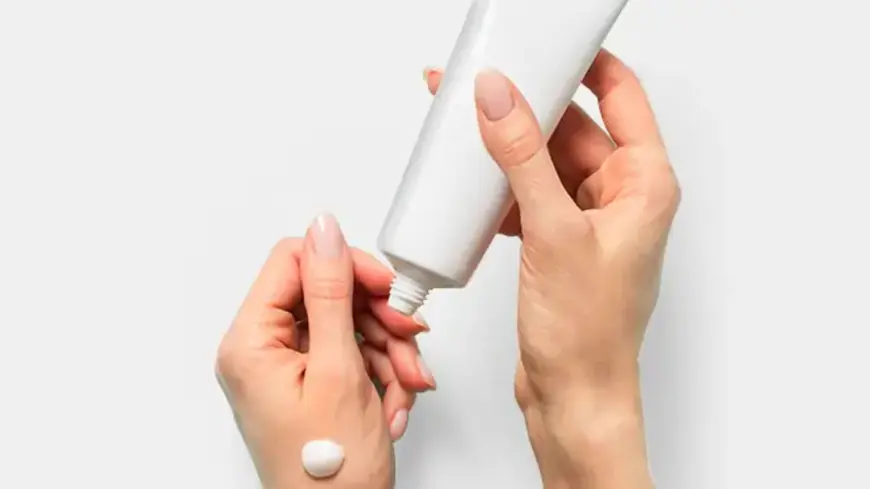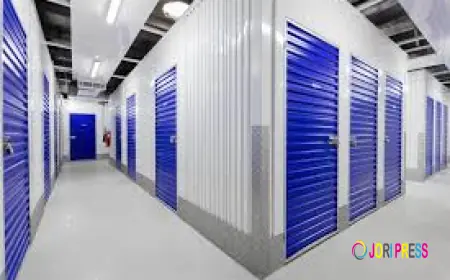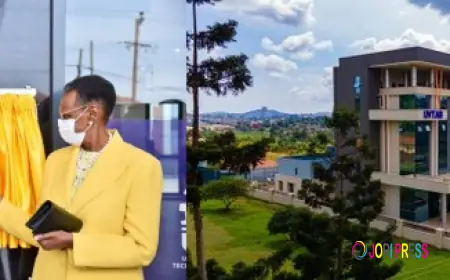How Nanotechnology Is Influencing Pharma Packaging Materials

The pharmaceutical industry is changing. And packaging is not just about boxes and seals anymore. It’s about safety, strength, and smarter design. One big shift is happening because of nanotechnology, tiny tools doing big jobs. And this change is shaping how we think about packaging materials for pharmaceutical products supplier services.
Let’s explore how this microscopic science is changing things.
What Is Nanotechnology in Packaging?
Nanotechnology works with materials so small that you can't see them with your eyes. These "nano" particles are thousands of times smaller than a human hair. In packaging, they can protect, sense, and even repair damage.
That means better safety, longer shelf life, and smarter protection for medicines.
Stronger Barriers, Smaller Particles
Packaging that blocks moisture and air is key in keeping medicine safe. With nanotechnology, packaging materials get extra strength and better seals without needing thicker plastic or foil.
Nano-clay, for example, is added to plastics to stop gas and vapor from entering. This keeps pills dry and liquids stable for longer.
Smarter Safety with Nanosensors
Imagine packaging that can tell you if a drug was stored wrong, like if it got too hot or was exposed to light.
That’s what nanosensors can do. They’re built right into the packaging. They help detect changes in temperature, oxygen, or pressure. This helps packaging materials for pharmaceutical products supplier teams check safety during shipping and storage.
Boosting Tamper Resistance
Tampering with medicine is dangerous. With nano-coatings and invisible tags, it's easier to know if packaging was opened or damaged.
Nanotechnology helps create layers that change color when touched or scratched. This gives a clear warning to doctors, patients, and pharmacists.
It also helps reduce fake products in the market.
Lighter, Greener Packaging
Less plastic and lighter materials help the planet. Nanotech allows stronger packaging using fewer raw materials.
This means less waste and smaller shipping loads like saving energy and reducing pollution. So, nanotechnology helps packaging become more sustainable without losing quality.
Fighting Germs with Nano-Surfaces
Medicines need clean environments. Some packaging now uses silver nanoparticles that kill bacteria. These are used in bottles, caps, and pouches.
This keeps surfaces safer during production, transport, and use.
Improving Shelf Life
Drugs can lose strength if exposed to light, moisture, or air. Nano-coatings can block harmful UV rays and control how gases move in and out.
This helps extend the shelf life of medicines, especially in regions with hot or humid climates.
Real-Time Monitoring in Transit
Many medicines are sensitive and need cold storage. Tiny sensors using nanotech can now track temperature in real time.
They can be read with a simple scanner or even a phone. This makes cold chain shipping more reliable and reduces waste due to spoilage.
Supporting Patient Safety and Confidence
When people see high-tech packaging that changes color or responds to touch, it builds trust. It shows that the product is genuine and cared for.
This also improves patient compliance, when people feel safer, they’re more likely to take medicine on time.
Why It Matters to Suppliers
Nanotechnology isn't just a lab idea anymore. It’s being used by every top packaging materials for pharmaceutical products supplier around the globe. They’re applying it to blister packs, vials, syringes, and pouches. These updates bring safer drugs to market and make sure they reach patients the right way.
Challenges Still Exist
While nanotech brings many benefits, it’s not always simple to apply. Cost, regulation, and testing need time and care.
Suppliers and pharma companies are working together to build smart rules and clear safety standards for nano-based packaging.
But as more success stories appear, more companies are investing in this future.
Lasting Impressions: The Future Is Small But Powerful
The tiny wonders of nanotechnology are changing the way medicines are packaged and protected. This new technology improves safety, tracks conditions, controls release, and helps the environment. For those who supply packaging materials in the pharmaceutical industry, it means adjusting to new demands and offering smarter solutions. The future is bright with smarter, safer, and more efficient packaging materials helping healthcare work better for everyone.
What's Your Reaction?
 Like
0
Like
0
 Dislike
0
Dislike
0
 Love
0
Love
0
 Funny
0
Funny
0
 Angry
0
Angry
0
 Sad
0
Sad
0
 Wow
0
Wow
0


















































